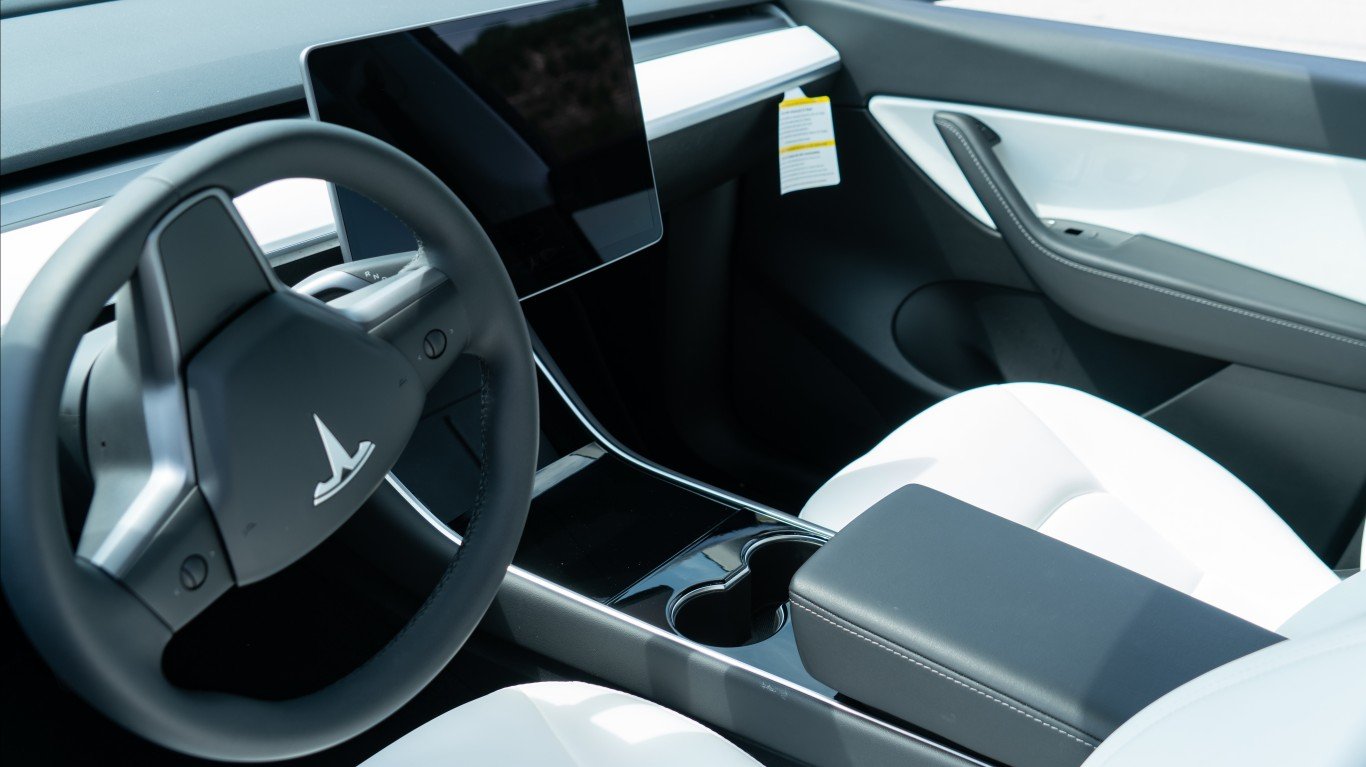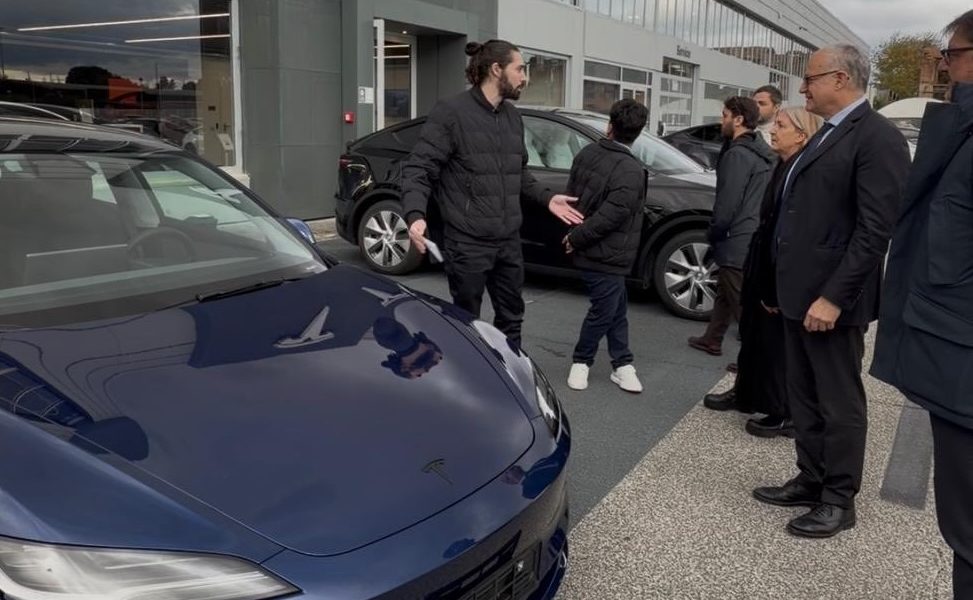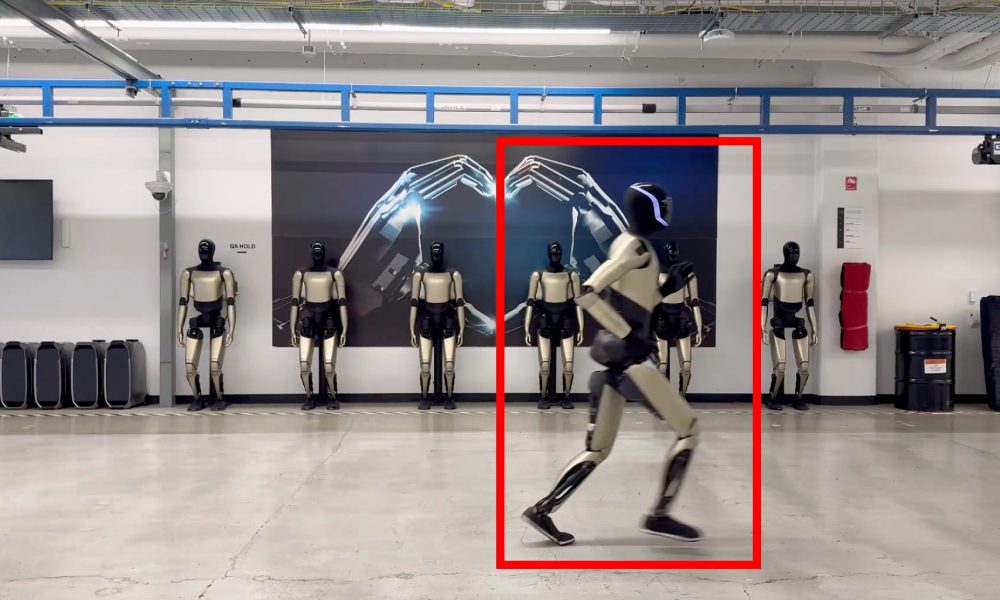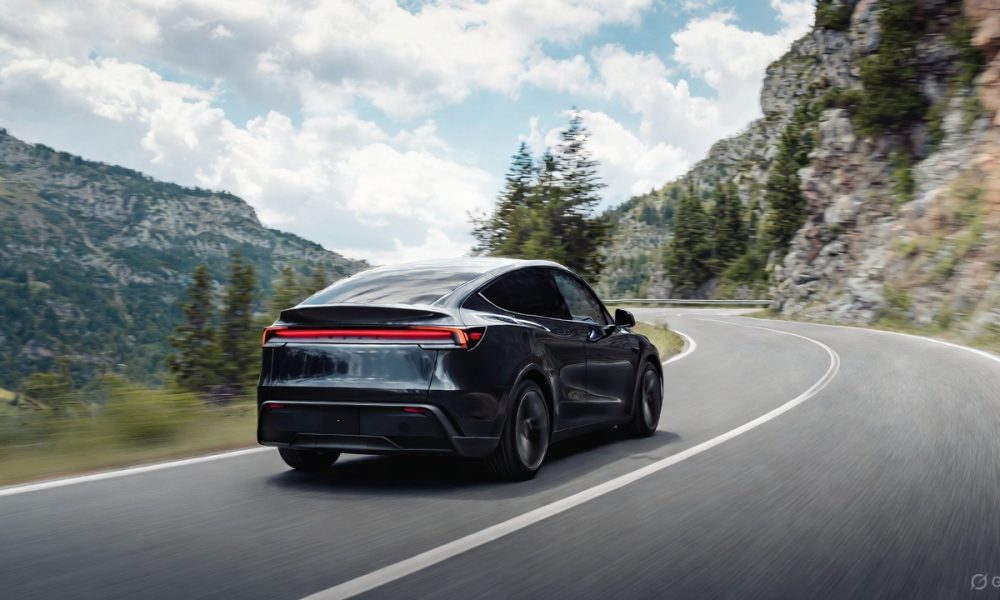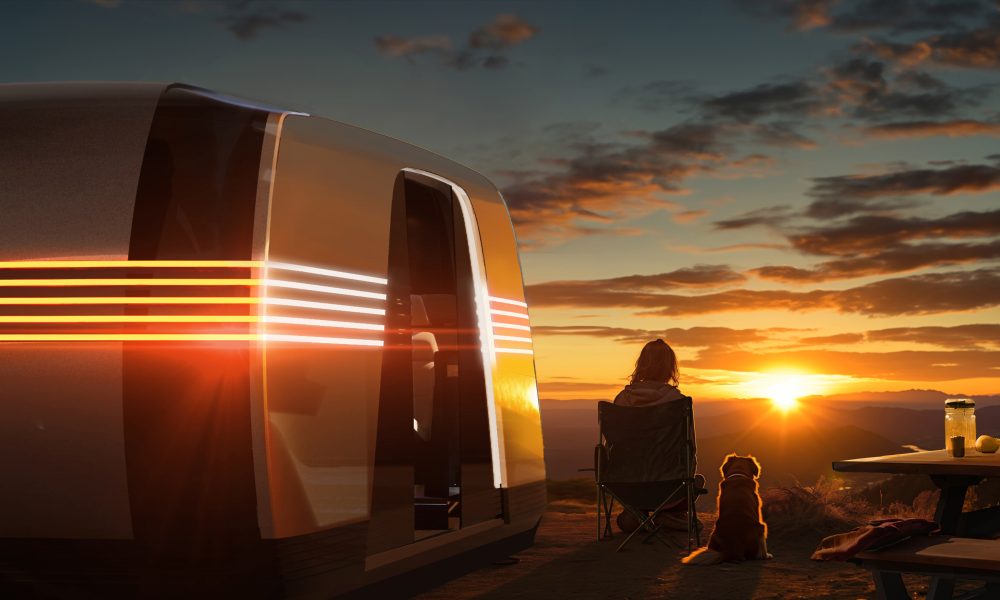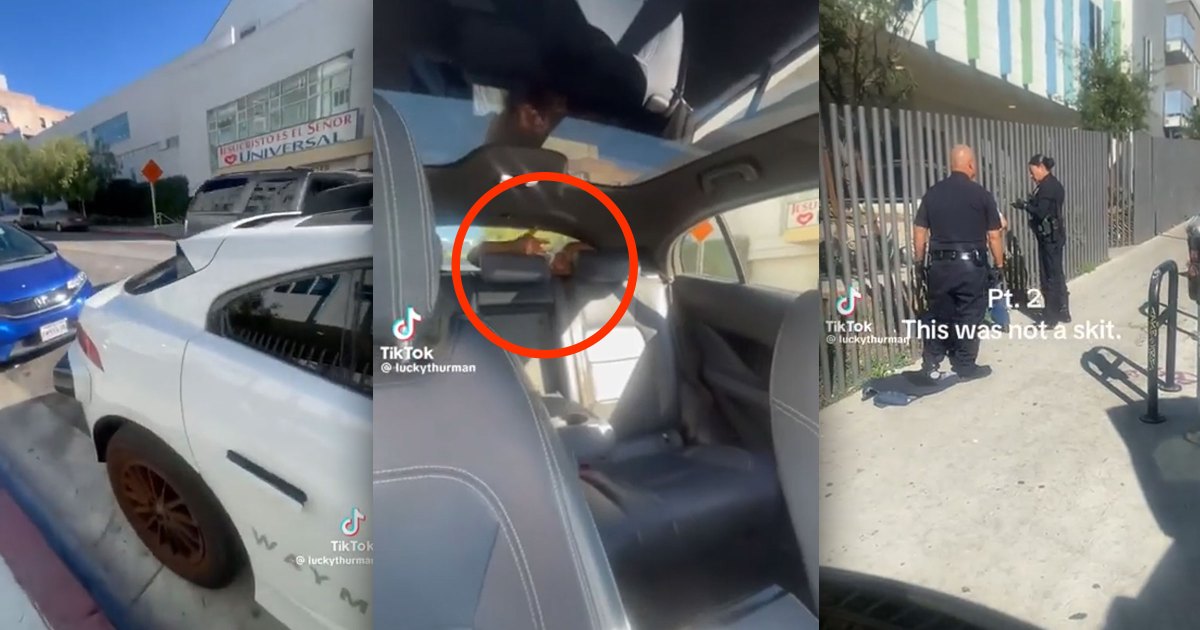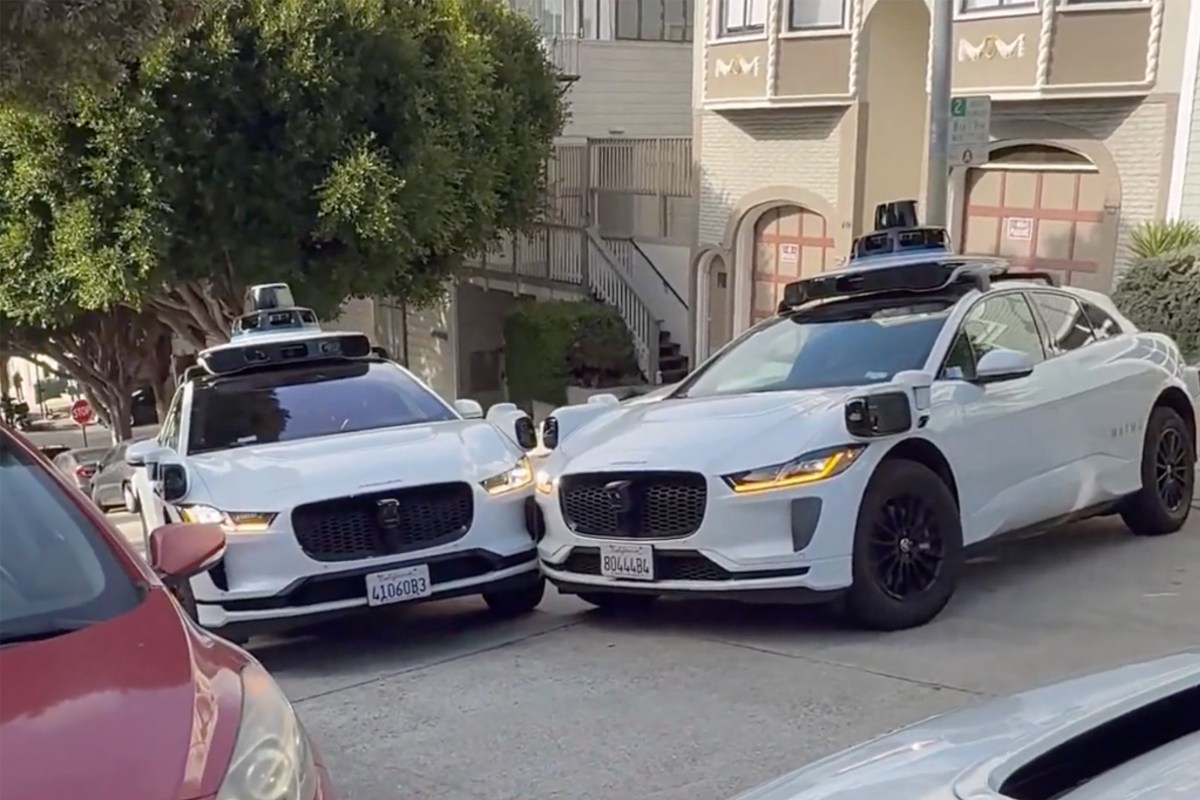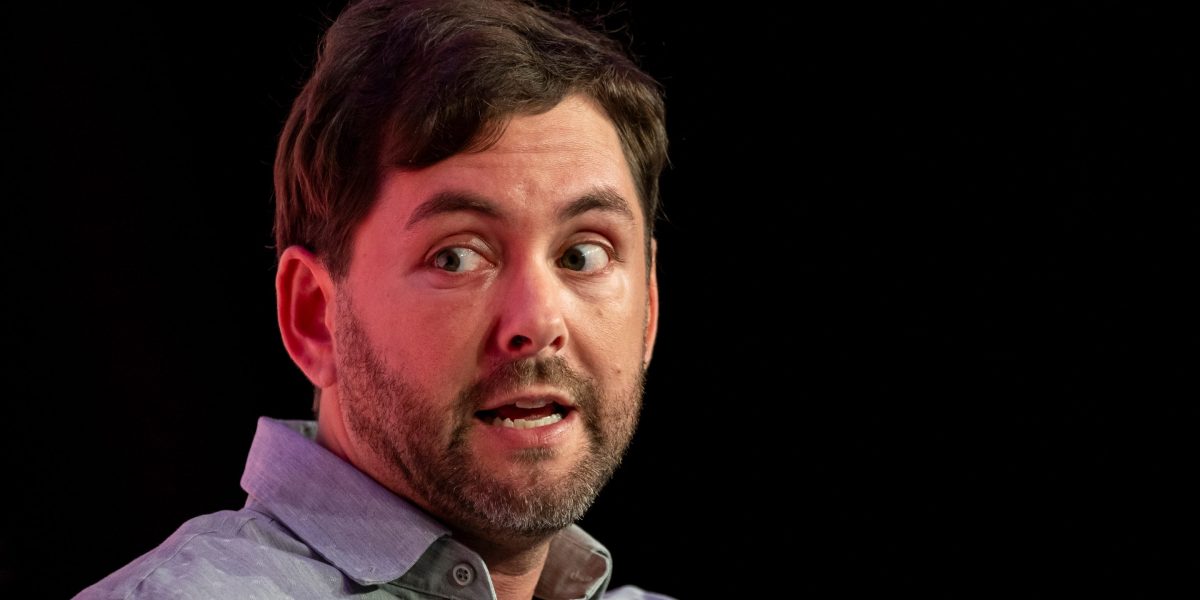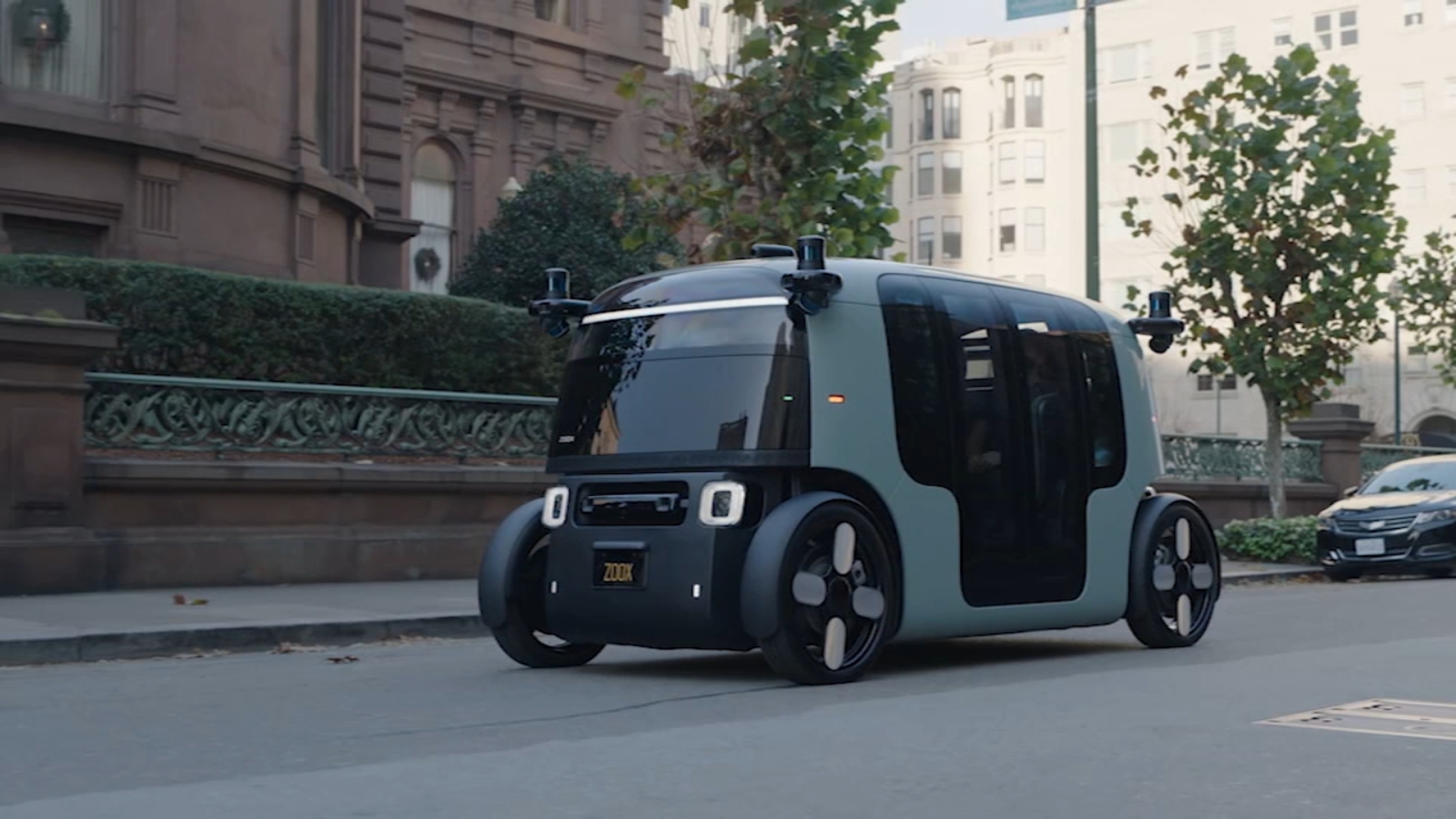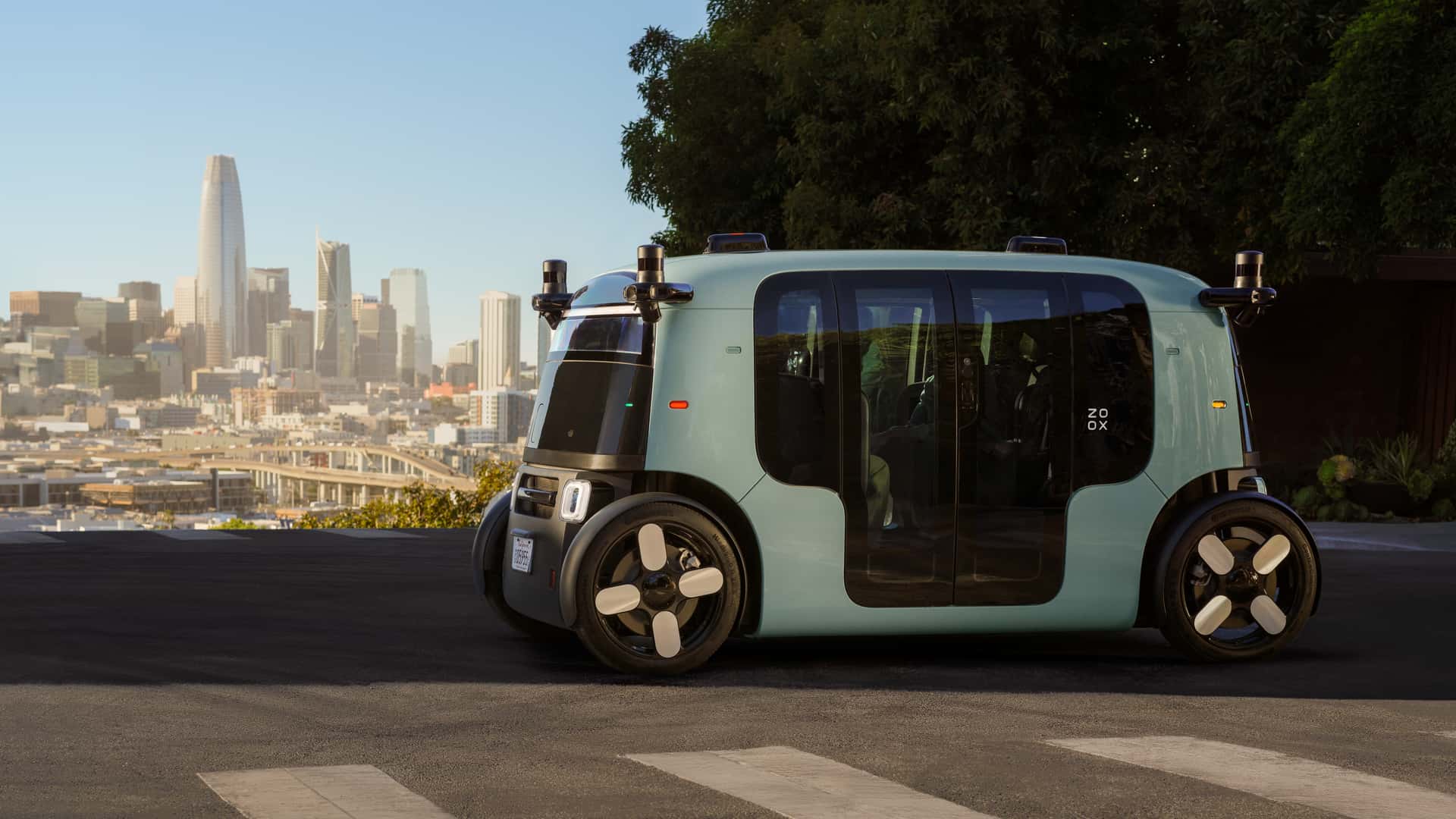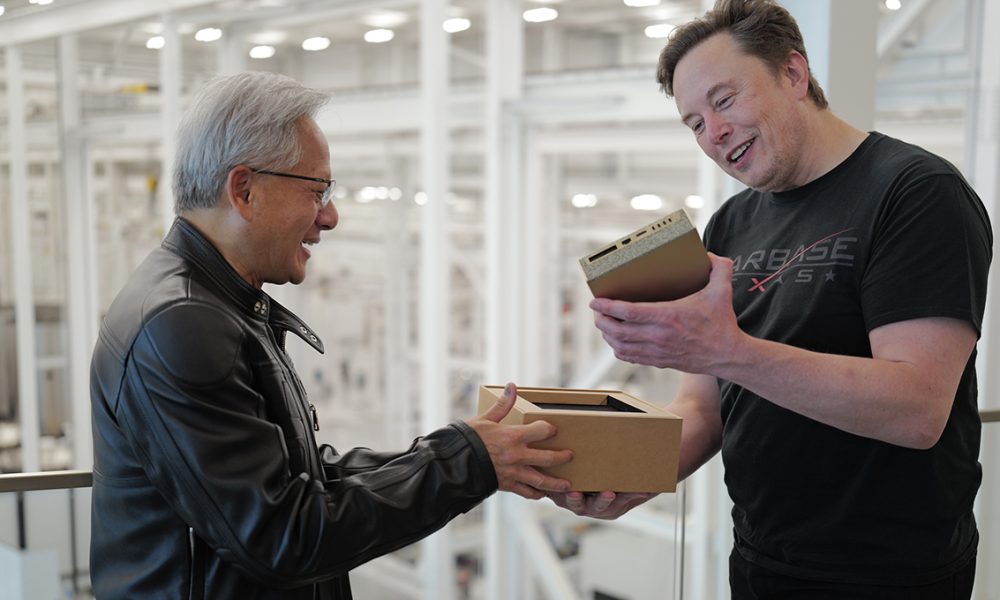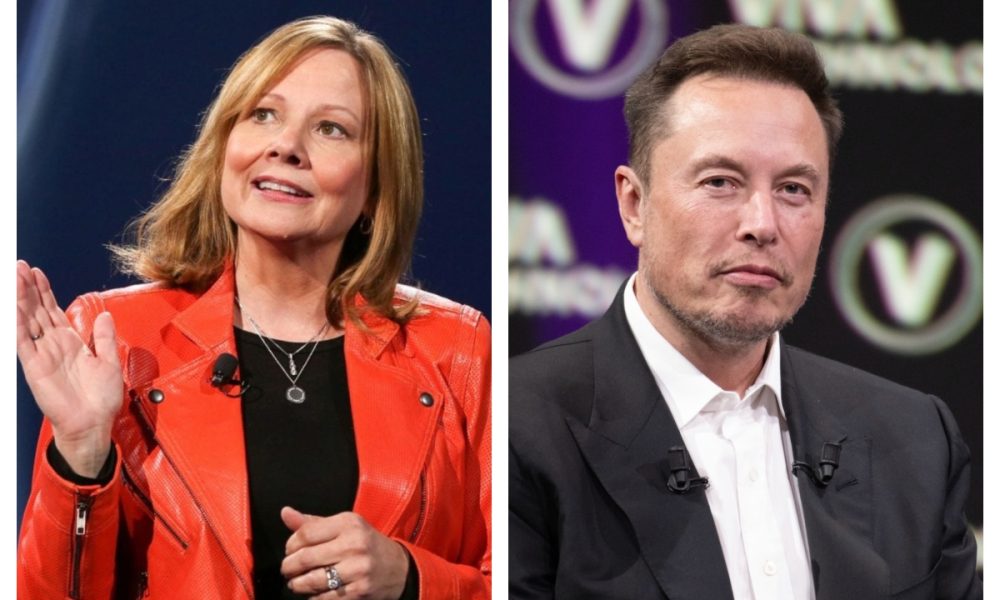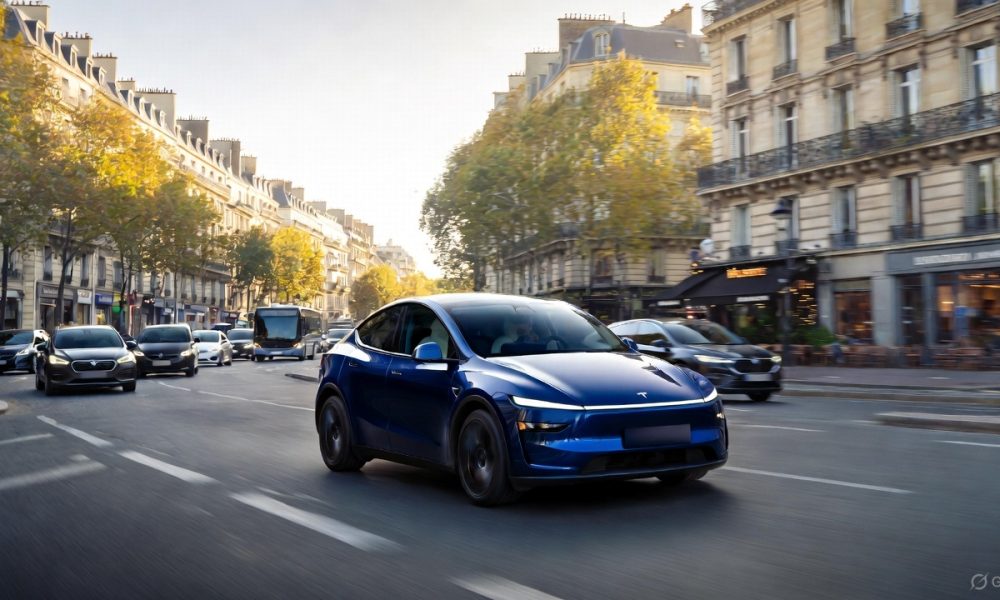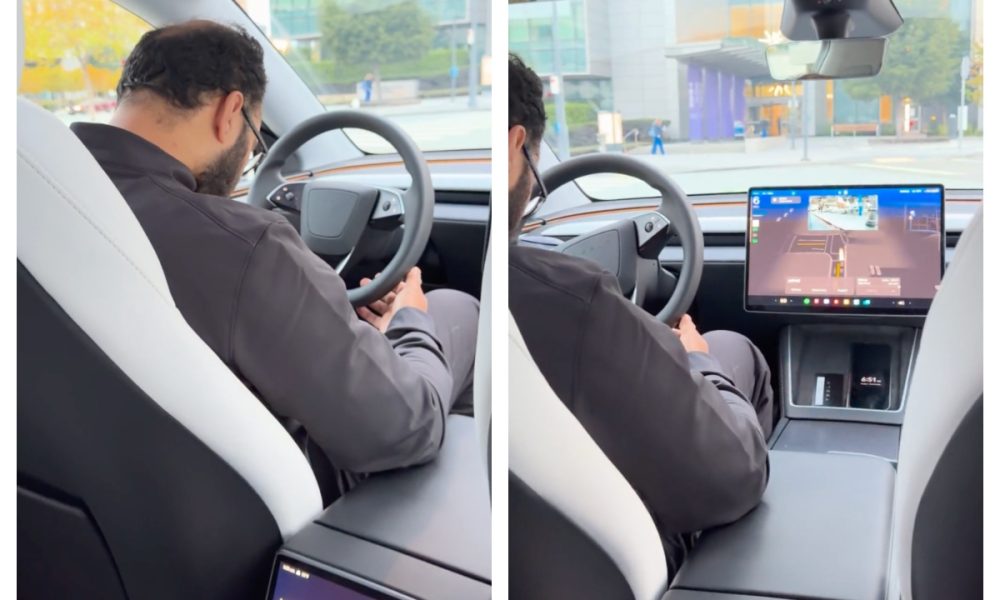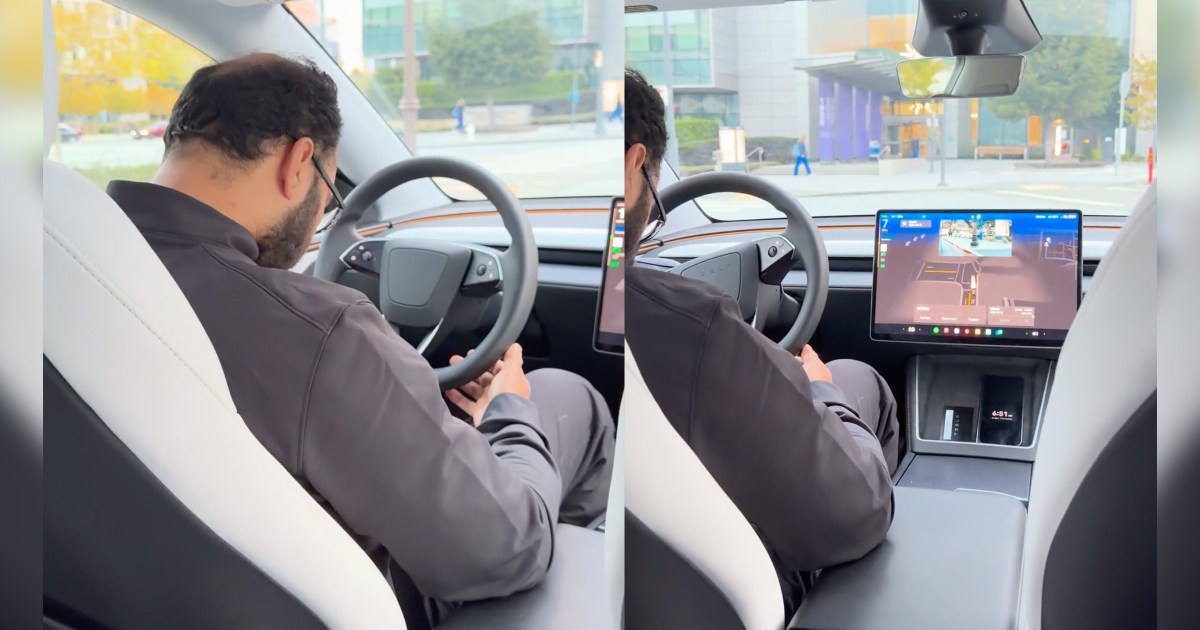#autonomous-vehicles
#autonomous-vehicles
[ follow ]
#waymo #robotaxis #tesla #robotaxi #zoox #san-francisco #regulation #legacy-automakers #uber #road-safety
fromTechCrunch
1 day agoNetflix is showing Hollywood what happens when a startup grows up | TechCrunch
A baby was born in a Waymo this week, and it wasn't even the first one. What started as a novelty story quickly became a reminder of how autonomous vehicles have quietly become part of everyday life, complete with all the messiness that entails. The real coming-of-age story this week, however, wasn't happening in San Francisco's robotaxis. It was playing out in Hollywood, where Netflix made an $82 billion bid to acquire Warner Bros. Discovery's streaming and studio business.
Tech industry
Alternative transportation
fromFortune
2 days agoComfortDelGro joins Singapore's race for autonomous vehicles with new shuttle trials and public rides by 2026 | Fortune
ComfortDelGro won approval to trial five driverless five-seater shuttles in Singapore and aims to offer public rides via Zig next year.
from24/7 Wall St.
5 days agoIs Alphabet a Better AI Stock Than Nvidia?
Alphabet ( NASDAQ:GOOG) and Nvidia ( NASDAQ:NVDA) have been two of the best growth stocks to own this year. Both stocks have outperformed the S&P 500 over several years and have multiple AI catalysts that can lead to more gains. However, Alphabet has delivered higher returns than Nvidia over the past year, and that trend is likely to continue. Google's parent company looks like the better AI stock, and there are a few reasons why.
Tech industry
fromFast Company
5 days agoAI could transform the physical world. To do so, it will need human expertise
Humans are likewise crucial for Cephla, which is deploying AI-powered microscopes in life science research, drug discovery, and diagnostics, said Hongquan Li, cofounder and CEO of the biotech company. Starting with malaria detection, humans are collecting data for training, annotating images, and providing input on relevant clinical metrics, he said. "When those machines are deployed, humans operate those microscopes and interact with patients and make the critical clinical decisions," Li said.
Artificial intelligence
fromslate.com
1 week agoWhere Does the Buck Stop on Killing Boat Strike Survivors?
US officials debate who to blame for the military killing of shipwrecked alleged drug smugglers; Democrats celebrate despite losing a special election in Tennessee; and the future of self-driving cars. If you can't access your feeds, please contact customer support. Set up manually: How does this work? We are showing you options for a computer but if you're on a phone or tablet
US politics
fromFast Company
1 week agoHere's how Waabi teaches self-driving trucks to navigate safely
Eight years ago, I made a jump to industry: I was chief scientist and head of R&D for Uber's self-driving program, which gave me a lot of visibility in terms of what building a world-class program and bringing the technology to market would look like. One of the things that became clear was that there was a tremendous opportunity for a disrupter in the industry, because everybody was going with an approach that was extremely complex and brittle,
Artificial intelligence
Cars
fromYanko Design - Modern Industrial Design News
1 week agoRimac's Verne Turns the Robotaxi Into a Private Lounge on Wheels - Yanko Design
The Verne robotaxi removes driver controls to create a living-room-like, autonomous urban vehicle prioritizing interior space, comfort, and redesigned proportions for city use.
fromTESLARATI
2 weeks agoTesla accused of infringing robotics patents in new lawsuit
The suit was filed in Alexandria, Virginia, and accuses Tesla of knowingly infringing upon five patents related to robotics systems for self-driving vehicles. The company said its founder, Paul Perrone, developed general-purpose robotics operating systems for individual robots and automated devices. Perrone Robotics claims that all Tesla vehicles utilizing the company's Autopilot suite within the last six years infringe the five patents, according to a report from Reuters. Tesla's new Safety Report shows Autopilot is nine times safer than humans
Intellectual property law
frominsideevs.com
3 weeks agoToyota Built This Entire City Around Autonomous Vehicles. Here's What Life Is Like There
It's hard to argue that Toyota isn't operating from a position of strength right now. As global electric vehicle sales remain uneven, the Japanese automaker continues to generate robust profits from its broad hybrid lineup and has managed the U.S. tariff challenges more effectively than many of its competitors.
Cars
Venture
fromTechCrunch
3 weeks agoThis Khosla-based startup can track drones, trucks, and robotaxis, inch by inch | TechCrunch
Point One Navigation raised $35 million at a $230 million valuation for centimeter-accurate positioning technology used across vehicles, drones, agriculture equipment, and wearables.
fromFortune
3 weeks agoThere is 'zero likelihood' self-driving cars will replace human drivers in any reasonable timeframe, Lyft's CEO says | Fortune
Don't expect to see autonomous self-driving cars in widespread use anytime soon, according to Lyft CEO David Risher. The technology doesn't work yet, government regulators aren't ready, and consumers don't like them, he says. That's a surprising opinion, given that he aired it in a conversation at Web Summit in Lisbon last week, where 71,000 attendees seemed to be mostly convinced that AI will be able to solve almost any future problem.
Business
Artificial intelligence
fromTechCrunch
3 weeks agoBone AI raises $12M to challenge Asia's defense giants with AI-powered robotics | TechCrunch
South Korea's defense industry is industrially dominant but lacks startups, and Bone AI aims to bridge that gap with an integrated AI-driven autonomous-vehicle platform.
Food & drink
fromTasting Table
4 weeks agoThe Most Unique Vehicles Domino's Has Used (Or Tried To Use) To Deliver Pizza - Tasting Table
Domino's continuously innovated pizza delivery by pioneering fast delivery, experimenting with unconventional vehicles and modern technologies like self-driving cars, robots, drones, and e-bikes.
[ Load more ]





